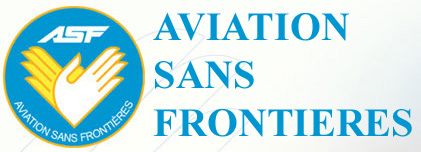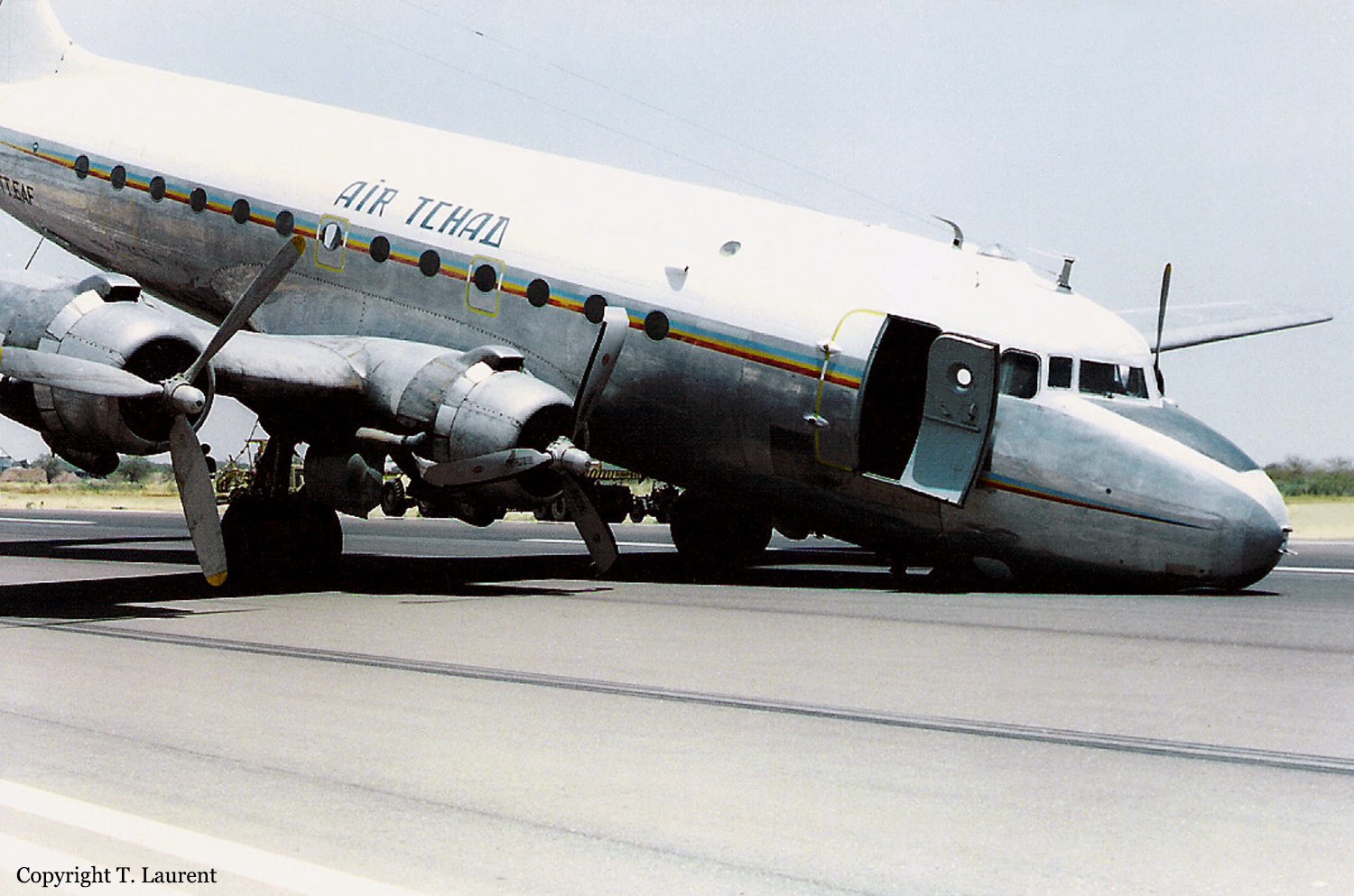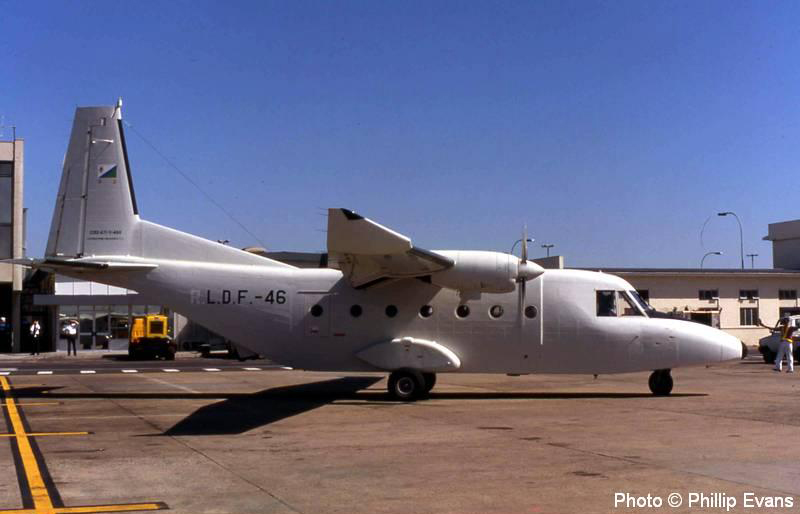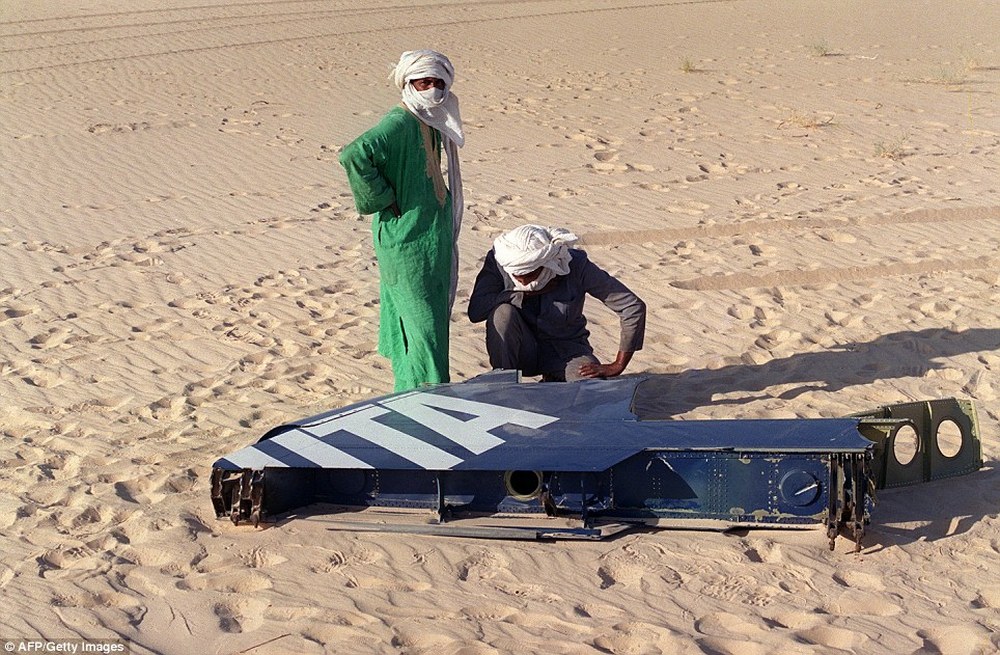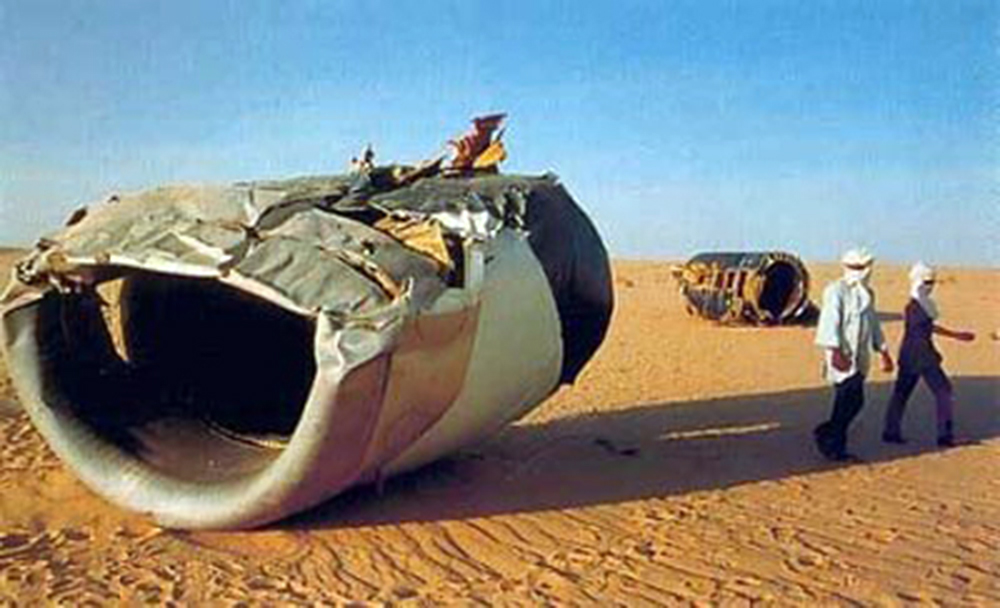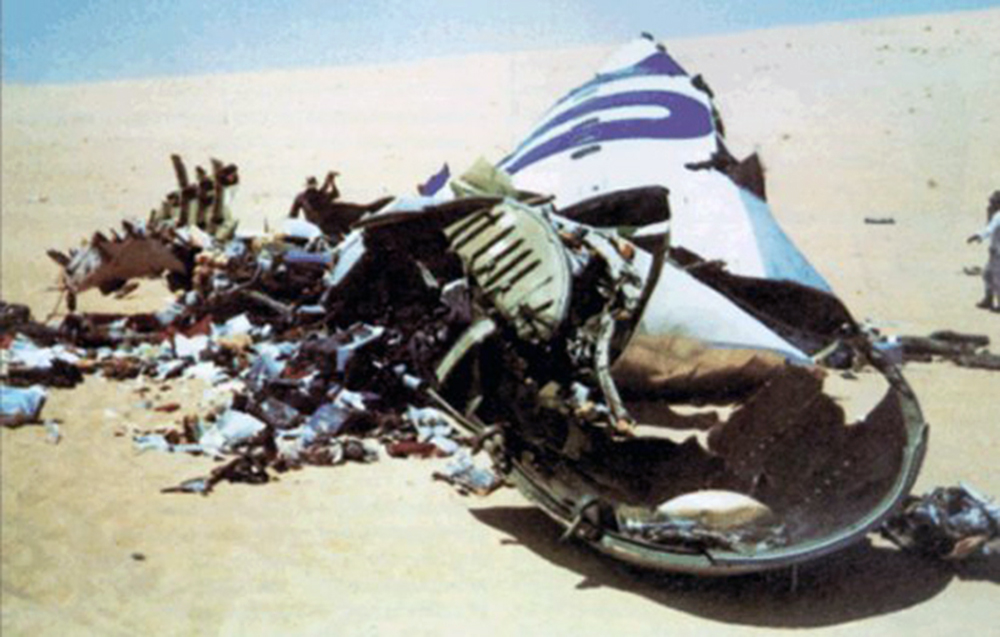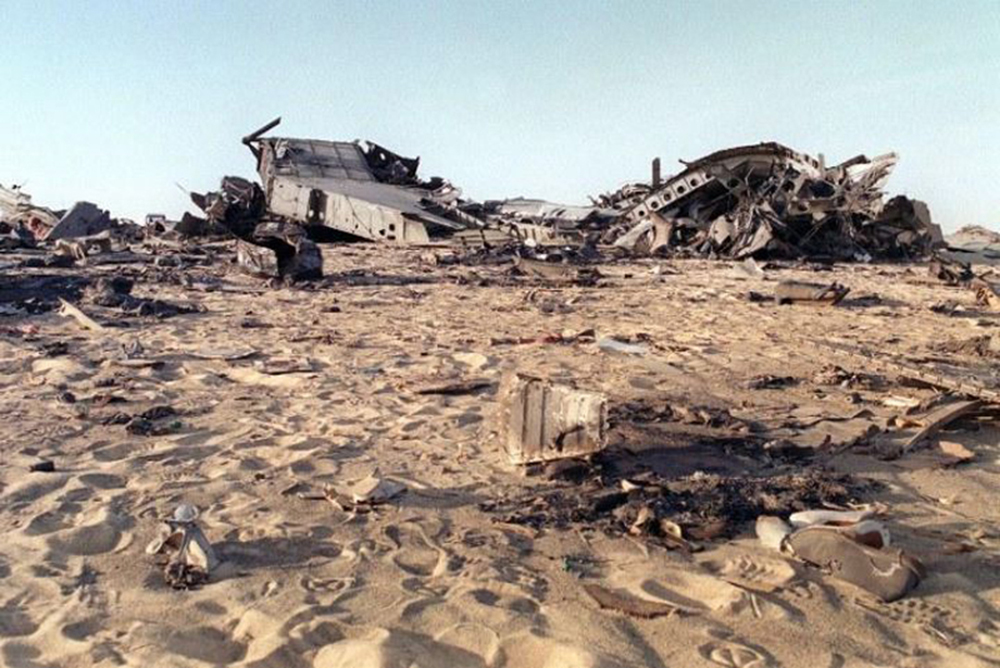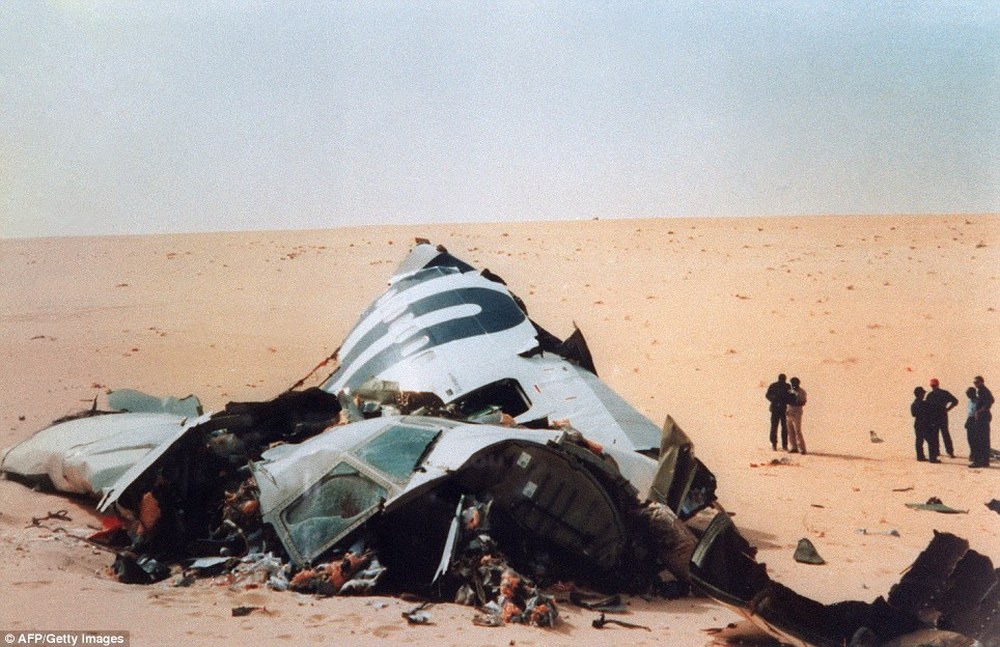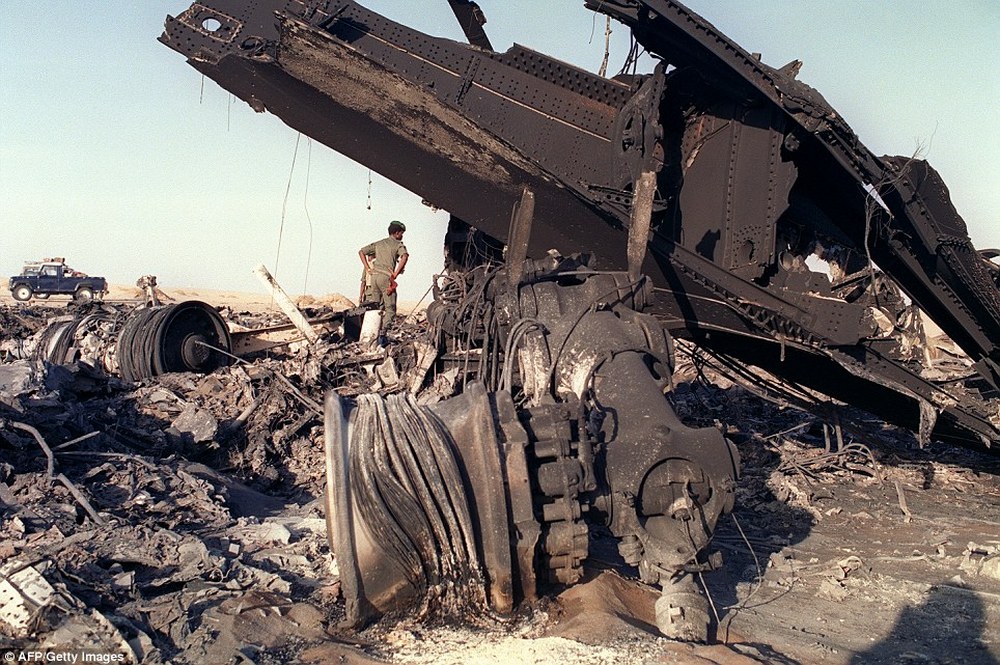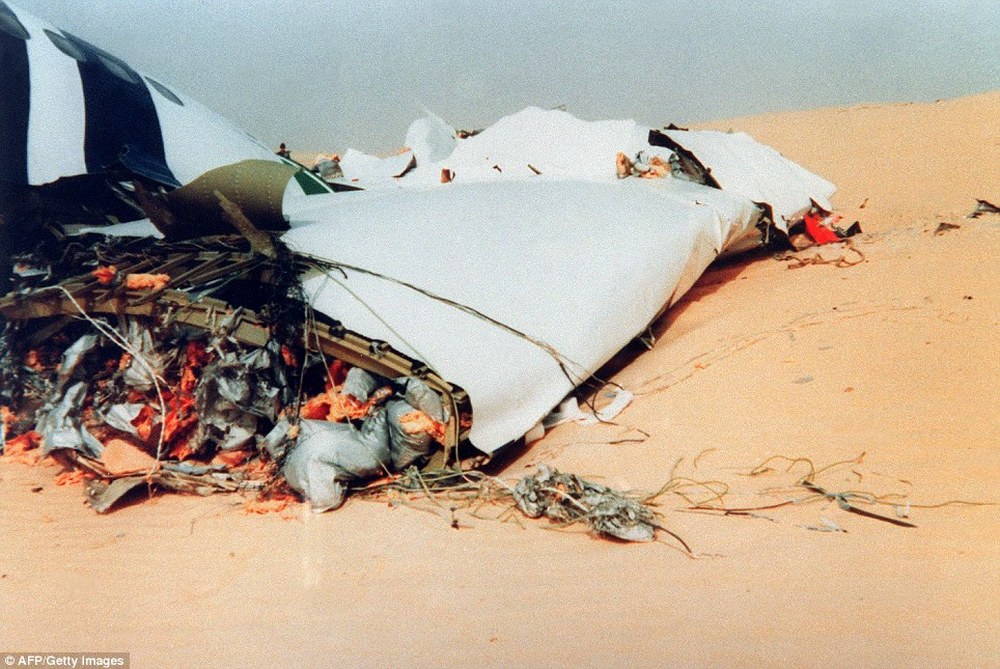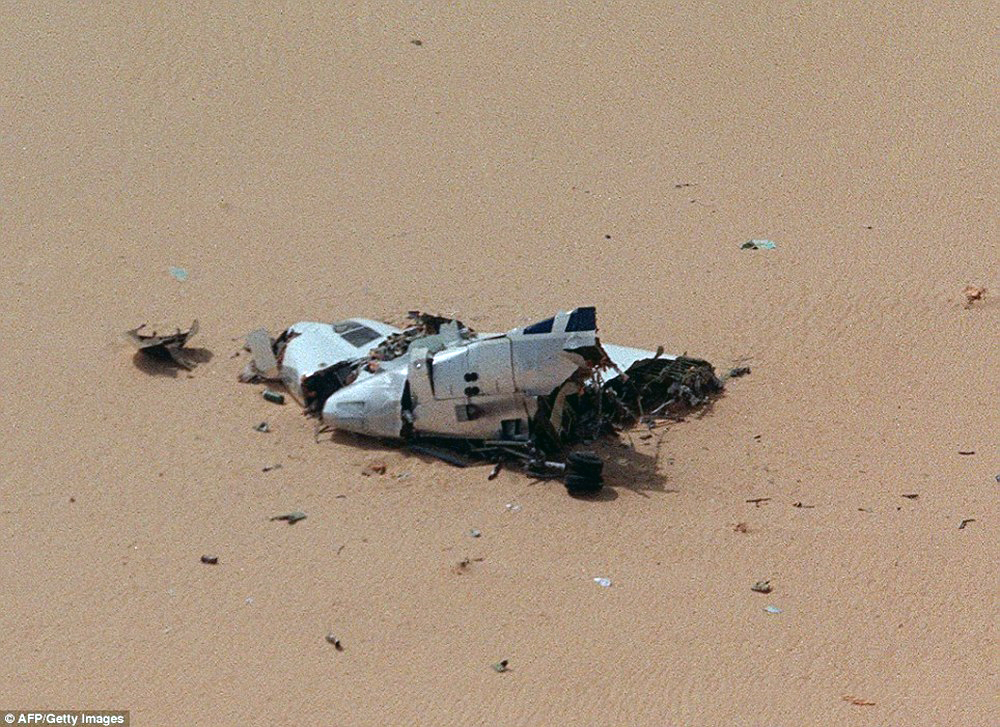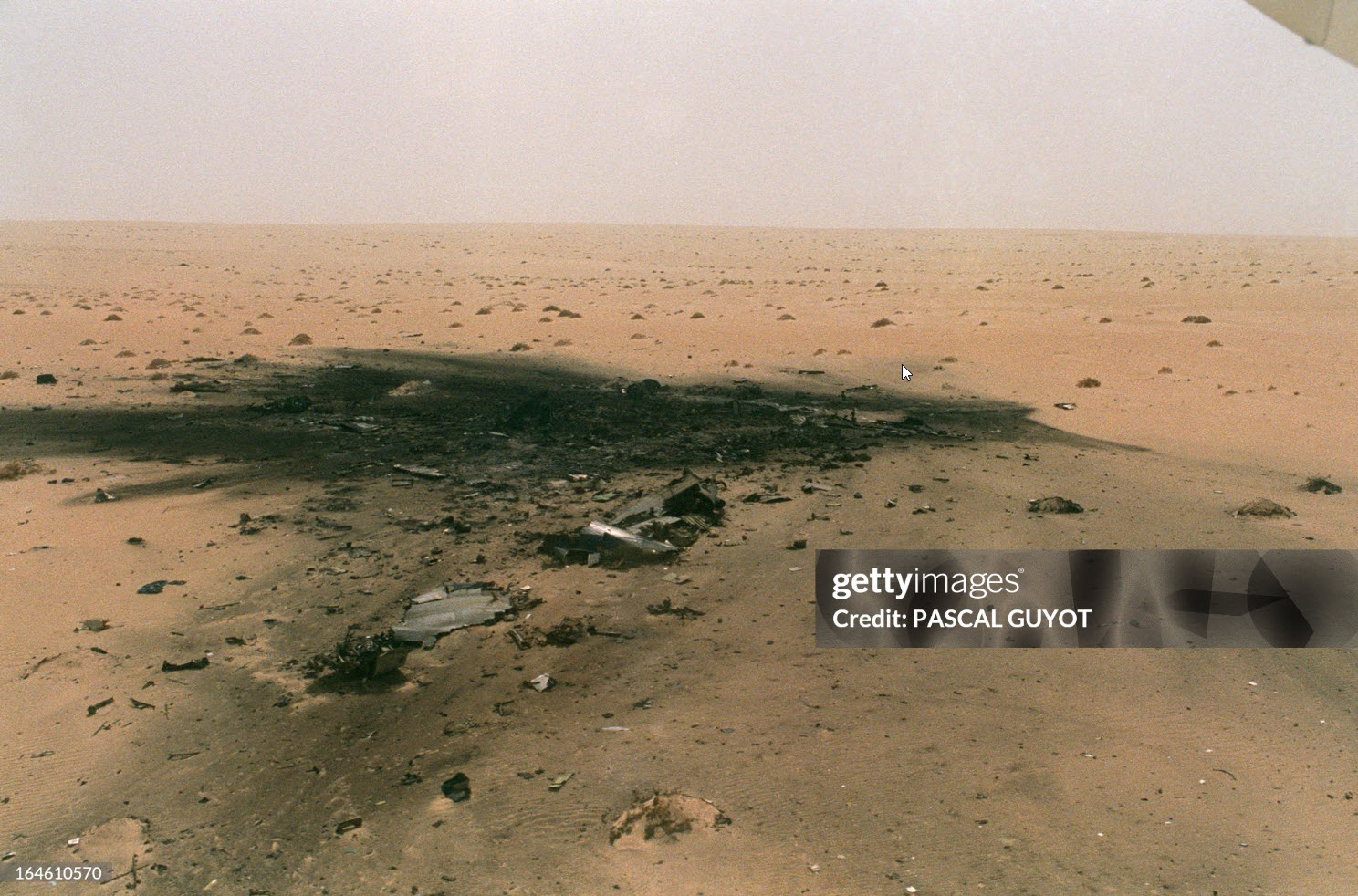Crash of a Britten-Norman BN-2A-9 Islander in Aweil: 4 killed
Date & Time:
Dec 21, 1989 at 0905 LT
Registration:
F-OGSM
Survivors:
No
Schedule:
Aweil – Khartoum
MSN:
688
YOM:
1973
Crew on board:
1
Crew fatalities:
Pax on board:
3
Pax fatalities:
Other fatalities:
Total fatalities:
4
Circumstances:
Shortly after takeoff from Aweil Airport, while in initial climb, the twin engine aircraft was shot down by a SAM-7 surface-to-air missile. Out of control, it crashed 800 meters past the runway end. All four occupants were killed. The aircraft was completing an ambulance flight to Khartoum.
Probable cause:
Shot down by a SAM-7 surface-to-air missile.


